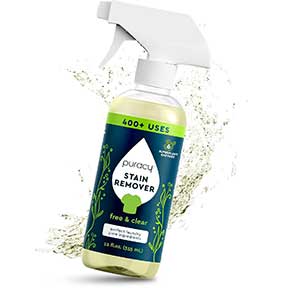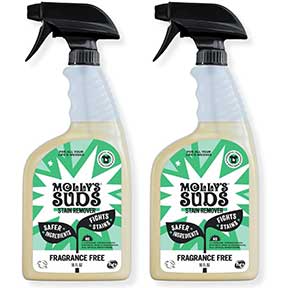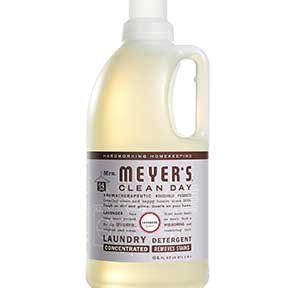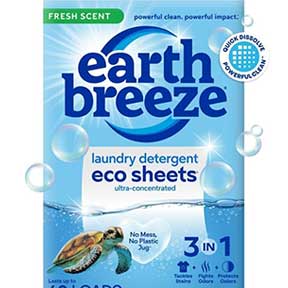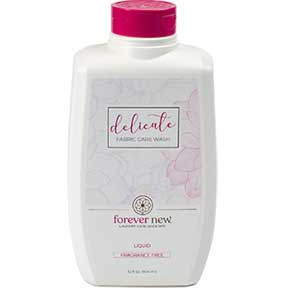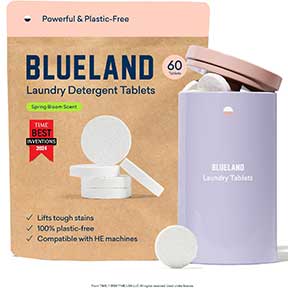Laundry 101: Part 8 – Tips for Drying and Folding Clothes
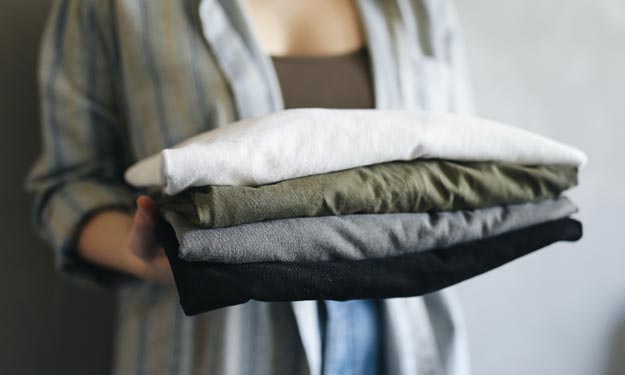
What Your Mom Didn’t Tell You about Drying and Folding Clothes
The next step after washing your clothes is learning how to dry your clothes effectively. If you’re afraid that any of your garments will shrink in the heat of the dryer, hang them up or lay them flat to dry.
Pull out any items from the washer that had been pre-treated with a stain remover and inspect to make sure that the stain is completely gone. If a stain remains after washing, set the item aside to continue working to remove the stain. Putting any clothing in the dryer (heat) with a stain may set the stain and then you might not be able to get rid of it.
Otherwise, take all the clothes out of the washer, shake them so they’re not balled-up and toss them in the dryer.
Choose the appropriate dryer setting for the clothes. For example, heavy sweatshirts can go on the “normal” setting while dress shirts and khakis should go on “permanent press” or another light setting.
Dryer Settings
- Sensor Dry – automatically senses the moisture in the load and shuts the dryer off when the selected dryness level (very dry to damp dry) is reached. This cycle is recommended for the majority of loads including delicate items, wrinkle free and cotton/sturdy items like towels, bedding and jeans.
- Time Dry – may be selected for any load if sensor dry is not used. Use dryer time settings to select the desired number of minutes.
Dryer Temperature
- Regular – for sturdy cottons or those labeled “Tumble Dry.”
- Medium – for permanent press, synthetics, lightweight cottons or items labeled “Tumble Dry Medium.”
- Delicate – for heat sensitive items labeled “Tumble Dry Low” or “Tumble Dry Warm.”
Dryness Level
- Very Dry – used to completely dry sturdy or bulky items including towels and jeans.
- Normal – used for drying the majority of loads.
- Damp Dry – designed to partially dry items. Used for items that lay flat or hang to dry.
Important Tip:
When the dryer buzzer goes off, get the clothes out right away and start folding! This will keep the fabric wrinkle free and make your job much easier. Having to run the “wrinkle rid” cycle again (if you’ve left them too long) wastes time and energy.
Dryer Tips
Bedspreads and Comforters
- Follow the care label instructions or dry on the sensor dry cycle. Most bedspreads and comforters should be dried one at a time.
- Regular temperature.
- Be sure the item is thoroughly dry before using or storing.
- May require repositioning to ensure even drying.
Blankets
- Use sensor dry and if blankets are large, dry only one blanket at a time for best tumbling action.
- Be sure the item is thoroughly dry before using or storing.
Curtains and Draperies
- Use the sensor dry cycle and extra low temperature to help minimize wrinkling.
- Dry these in small loads for best results and remove as soon as possible.
Cloth Diapers
- Use sensor dry and the regular temperature setting for soft, fluffy diapers.
Down Filled Items
- Use sensor dry and the extra low temperature setting.
- Place a clean pair of sneakers in the dryer with the item to fluff the down comforters, etc. Adding a couple of dry towels shortens dry time and absorbs moisture.
Foam Rubber
- Do not dry on a heat setting. Use the air fluff special cycle (no heat).
- WARNING – Drying a rubber item with heat may damage it or be a fire hazard.
Pillows
- Use sensor dry.
- Add a couple of dry towels and a pair of clean sneakers to help the tum- bling action and to fluff the item.
- Do not dryer-dry kapok or foam pillows.
Tips for Folding Your Clothes
My favorite part of doing laundry is folding. I think it’s kind of relaxing. I remember my little girls running towards me as I was folding diapers (Yes, I used cotton diapers on my kids), and they’d jump right into the big warm mountain of clean cotton, and then into my arms. Those are very good memories.
Pick a Comfortable Work Area
Find a good location with an adequate size clean table or counter. Folding in a small, cramped space makes it difficult to create neat small stacks. If the stack of folded clothing gets too high, the clothing will tumble over.
- If standing: Pick a surface that is about waist high. Too high will be hard on your shoulder muscles, too low and your back will be screaming at you later. Also, make sure the clean clothes basket can sit comfortably on the folding space. This will help you avoid bending continuously to pick up clothes. Doing this will be better for your back and save you time.
- If sitting: It is best to have the basket at waist level. So, if you are sitting on a couch and using your coffee table to fold, place the basket on the coffee table not on the couch next to you. Placing the basket in front of you (or slightly off to the side) on the coffee table helps you avoid twisting and will make your job faster.
Sort and Fold
Now that you have picked your area and have your “work station” it is time to get folding.
- Pick up an item and fold on your work table.
- Start stacks for each person in your household. I like to have an “area” for each person consisting of their stacked jeans, t-shirts, undies, etc.
- Make stacks for bathroom towels, kitchen towels, and miscellaneous items, place in stacks by location that the items will be stored.
- Continue folding and stacking until all items are folded and assigned to their proper “stack.
Now that you have the laundry sorted into stacks, combine stacks to create one for each person. Large items on bottom (jeans), t-shirts next, under garments then socks. This keeps each person’s stack stable and is easier for THEM to put away!
Why bother you ask? I have found if the stack is too wobbly when people are putting away the clothes, they tend to tip and fall on the floor. When this happens, I have noticed that it is easier for the person (kids) that’s putting the clothes away to throw those perfectly clean clothes back into the dirty laundry, rather than to re-fold them and put away.
Amazing but true! I said that I enjoy doing laundry but not that much!
Folding Large items
Over-sized towels, sheets, blankets and comforters can be a hassle and awkward to fold.
The best option is to get someone to help hold corners and fold the item. This way you can avoid having your clean sheets or blankets touch your not-so-clean floor.
If you can’t get someone to help hold corners and fold, then you can use a bed or large dining table. They are both at a decent level and you can spread your item out without touching the floor.
It will be slower than having help, but it works better than trying to use a small table or the floor.
Speaking of Help
The only part about doing laundry that I used to dread was the part where something did not get in the wash and there was some crisis because of it, and somehow it was my fault. The blame game ended when I gave everyone a specific task and created a system. Doing this will make your job more enjoyable and all things will go much smoother. Here are ways to get help:
- Have everyone be responsible for getting clothes into the laundry area before laundry day. My wash day is Saturday and sometimes the kids get reminders, sometimes they don’t but they know the rules.
- I fold and stack laundry but it’s everyone’s job to put their own clean laundry away.
- Young children love the “sock sorting game”. Have a contest to see who can match the most or just have fun. It is helpful to get kids started young helping with laundry or any household chore.
Folding laundry can be enjoyable. Sometimes I fold watching a bit of TV, sometimes I like to fold to music and sometimes I listen to audio books. To me, folding is relaxing and one of the most enjoyable household tasks. Maybe it is because I always reward myself with a good cup of coffee afterwards!
Clothing and Laundry
